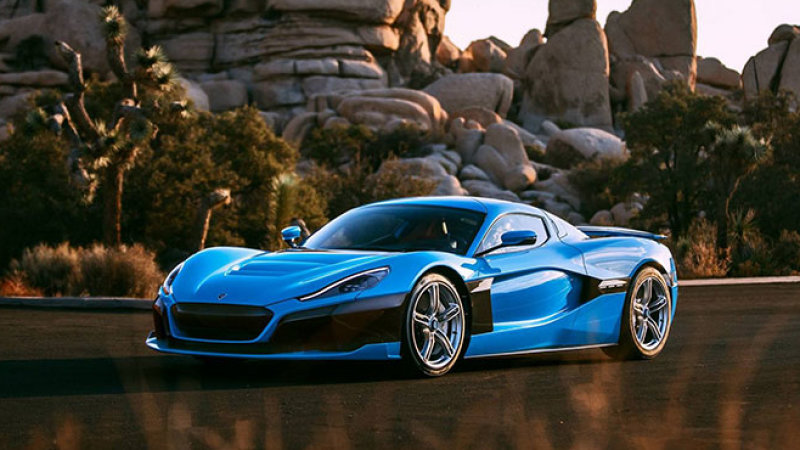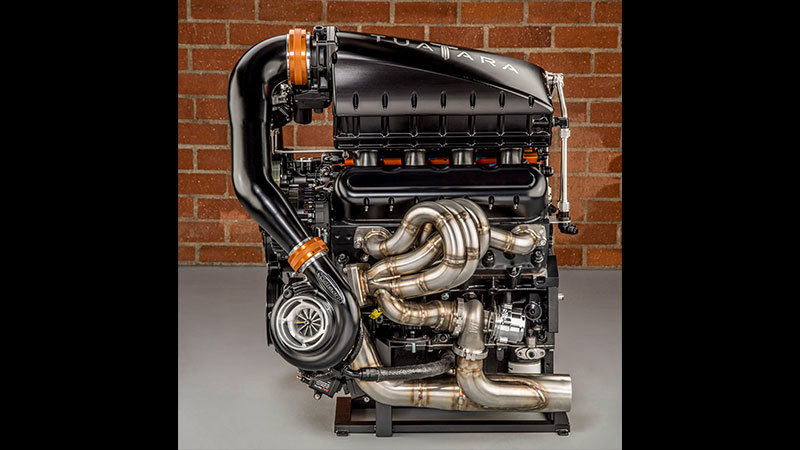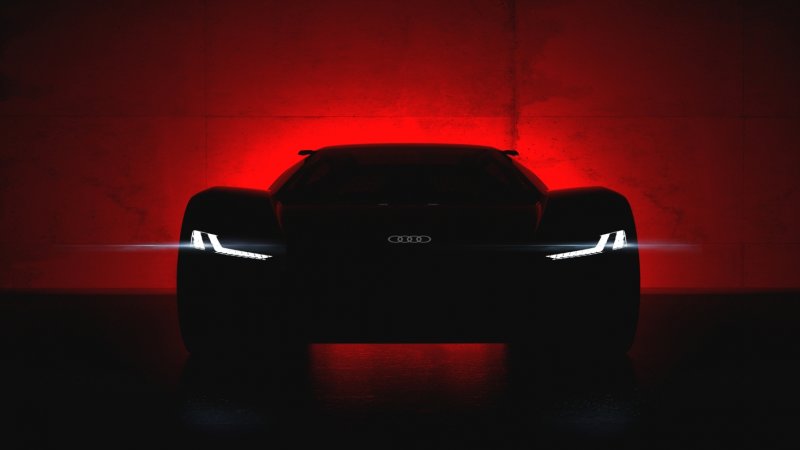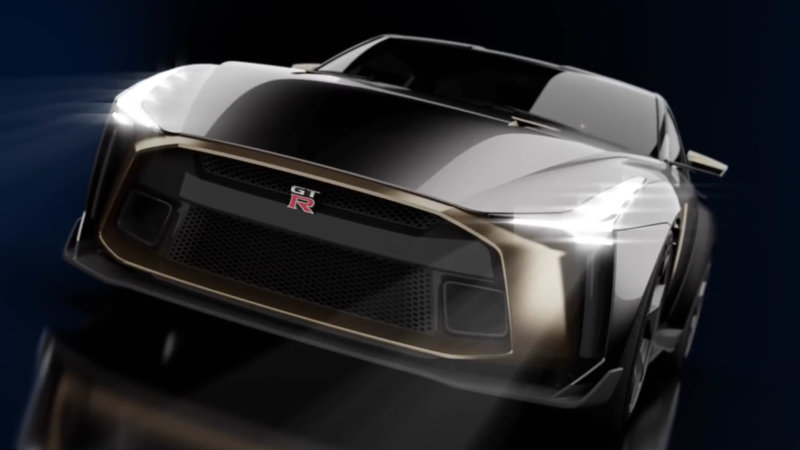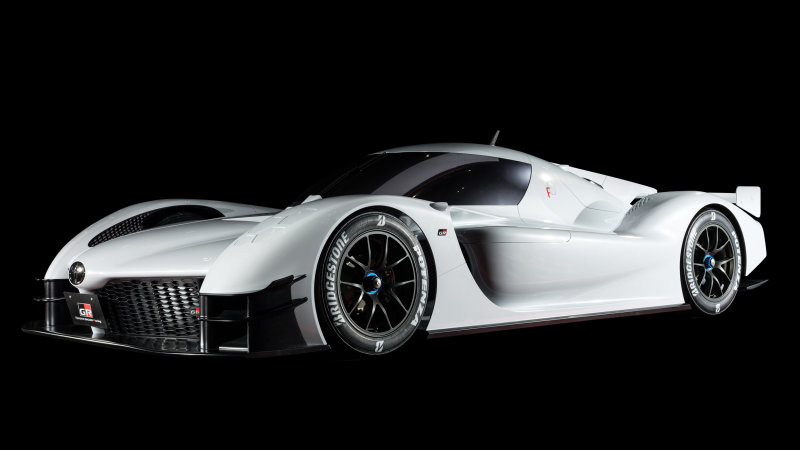The engine is all-aluminum with cast aluminum heads, and a machined billet aluminum engine block. The result is a powerplant with a rather unique finish, and it features Hennessey and F5 logos machine-etched into the block. The block is reinforced with steel cylinder sleeves. The pistons are forged, too. It’s also an old-school pushrod design, rather than using double overhead cams. According to John Hennessey, the reason is mainly for packaging, as the pushrod design results in a small, light engine. Augmenting the relatively small external size is a dry-sump oil system.
Hennessey F5 reveals 1,600-hp billet-aluminum twin-turbo V8
Despite its physical size, the engine has a massive displacement of 7.6 liters, which falls between the two numbers that had been previously reported for the engine. Feeding the engine all the air it can consume are two large turbochargers at the ends of tubular stainless steel headers that provide 22 to 24 psi maximum. Current output is at least 1,600 horsepower at 7,200 rpm and 1,300 pound-feet of torque at 4,400 rpm. John Hennessey says the engine could probably rev higher, but they’ll likely set the rev limiter at the 7,200 rpm mark.
Even with the engine finally revealed, not all of the specs are final. Hennessey told us that the output could be increased if more is needed to hit the 301-mph top speed. He did say that this is the baseline, though. He also reiterated that, while it won’t be made to be a lightning-fast track car, the company is still aiming for a sub-7-minute lap time at the Nürburgring. Hennessey will also build 24 examples, and 15 people have ordered it. The company has previously said the car will cost $1.6 million.
Related Video:



